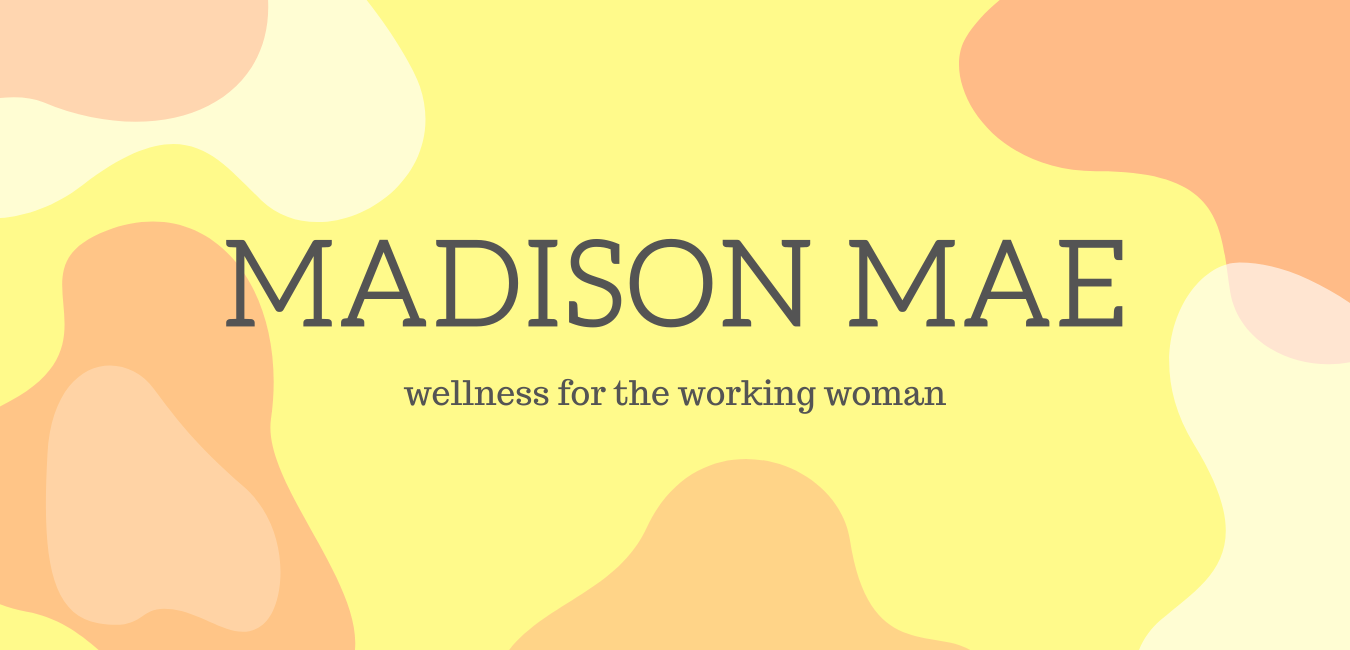This morning you probably woke up, brushed your teeth, and hopped in the shower. You probably washed your hair and body then used some vanilla scented body lotion. If you’re a woman you may have applied makeup before heading to the kitchen for a cup of coffee.
Just in this 30 minute morning routine you were probably exposed to hundreds of different chemicals that could be detrimental to you health. And you probably had no idea.
I first started diving deep into the world of chemicals when I realized just how sensitive my skin was. Everything would cause me to break out in a rash or itchy hives. A trip to the dermatologist educated me on the impact of fragrance in product and how it could affect my skin.
I quickly switched out all of my products such as body lotions, laundry detergents, and body soaps to their fragrance-free counterparts. I thought I was doing everything right only to find that my rashes still weren’t going away. As I investigated further, I came to realize just how many chemicals and artificial fragrances are in every product we use.
Here’s what to watch out for:
When it comes to chemicals, it is important to think of the products you use every single day. Read every label, do your research on the ingredients. Everything should be guilty until proven innocent.
Cosmetics
I used to break out from different makeup products all of the time. I thought my skin was just overly sensitive. It turns out I was just reacting to the number of harmful chemicals in the products. A typical product has 15–50 ingredients, meaning the average woman places 515 different chemicals on her skin every day (“The chemistry of cosmetics”).
And to think we put these products on our eyes, lips, and ALL OVER our faces. Our skin is the largest organ of the human body and we absorb whatever touches it. When studied, the American Journal of Public Health found that skin absorbed an average of 64% of total contaminants just from drinking water. Other studies found a 100% absorption rate for smaller areas of the body such as our face and underarms. Turns out we can’t just pay attention to what we are putting into our bodies, but also to what we are putting on it.
Cosmetics have been found to contain a group of manufactured chemicals called PFAS. This chemicals have been nicknamed “forever chemicals” because they never break down and accumulate in our bodies over time. They have been linked to cancer, weakened immune systems, birth defects, and hormone disruptions. A recent study found that 82% of waterproof mascaras, 63% of foundations, and 62% of lipsticks tested positive for these chemicals.
After learning about all these harmful chemicals I was putting on my face everyday, I sought out clean solutions that I could feel safe using everyday. I buy all of my makeup from a clean beauty store called Credo Beauty. They have an established clean beauty standard which bans 2,700 ingredients used in most beauty products from being sold in their stores. I feel safe shopping there, knowing I don’t have to read and research every single ingredient on the product labels. In addition, they list the type of fragrance in each product whether it’s artificial, essential oils, or none at all. Being extremely sensitive to fragrance, this is super important to me.
More common cosmetic retailers like Sephora and Target are also making steps towards highlighting clean beauty and making it more accessible to the masses. Sephora labels products without parabens, sulfates, mineral oil, formaldehyde, and more as “clean at Sephora”. Just look for a green label with a leaf and a check mark!











